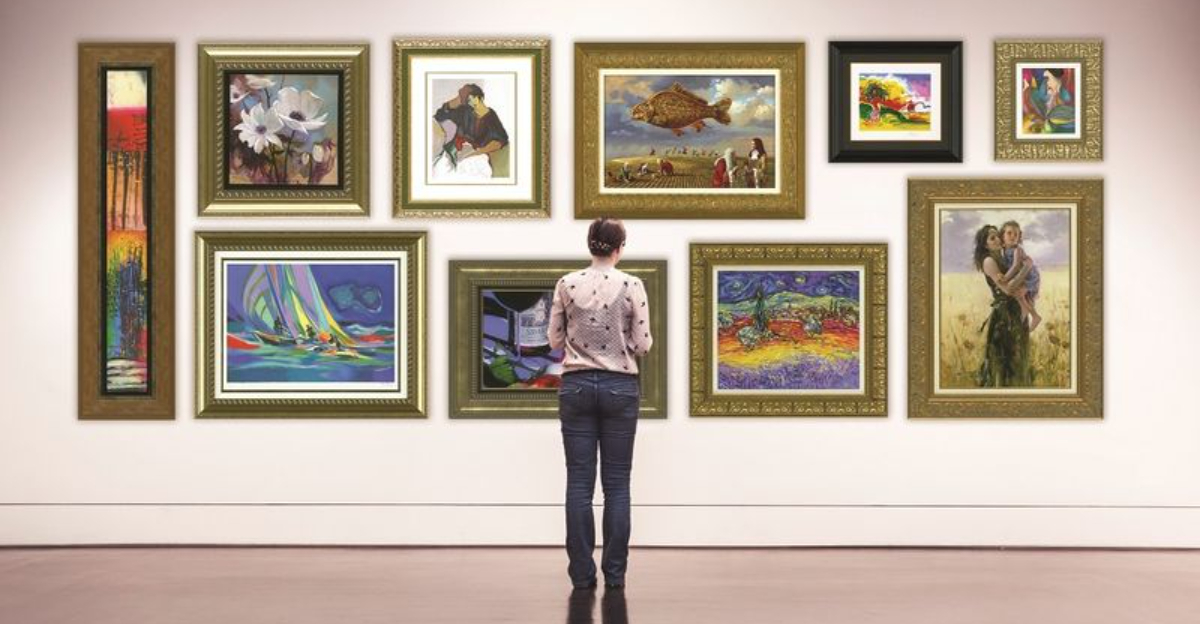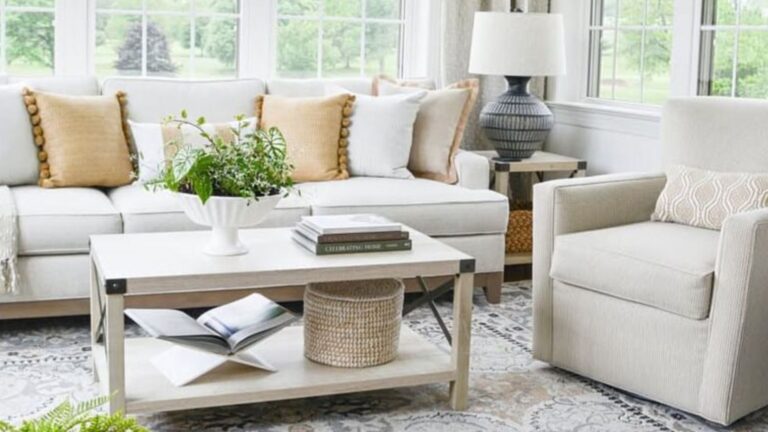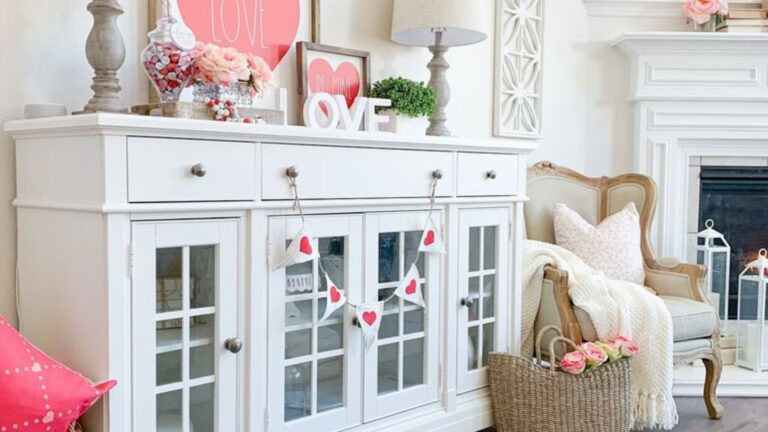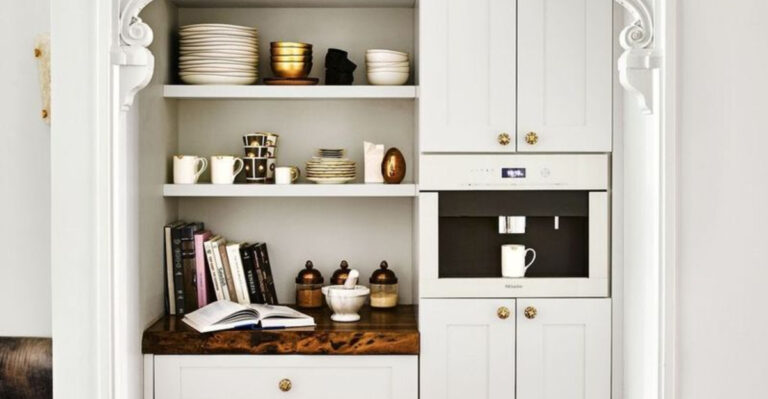15 Genius Tricks Designers Use To Buy Art You’ll Love Forever
I used to feel completely lost when it came to choosing art for my walls, everything either felt too bland or way over the top. But then I learned a few tricks that interior designers swear by, and let me tell you, it changed everything.
Picking the right artwork isn’t just about filling empty space; it’s about finding pieces that make your rooms come alive and truly reflect who you are.
If you’ve ever envied how designers always seem to get it right, here’s how you can shop for art like a pro and turn your home into a personal masterpiece.
1. Measure Before Shopping
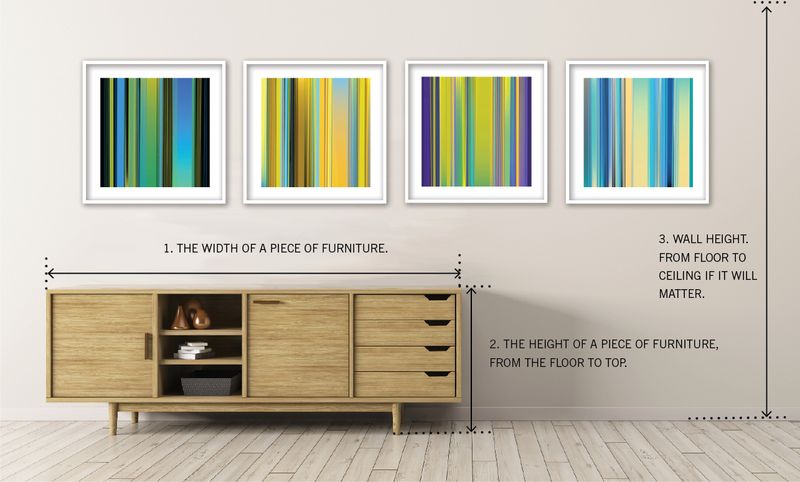
Nothing screams “amateur move” louder than artwork that’s comically small or absurdly large for your wall. Designers always grab a tape measure before hitting galleries or online shops.
They snap photos of the intended wall space and keep measurements in their phones. This simple step saves headaches, returns, and that sinking feeling when you realize your new masterpiece looks like a postage stamp on your living room wall.
2. Consider The Viewing Height
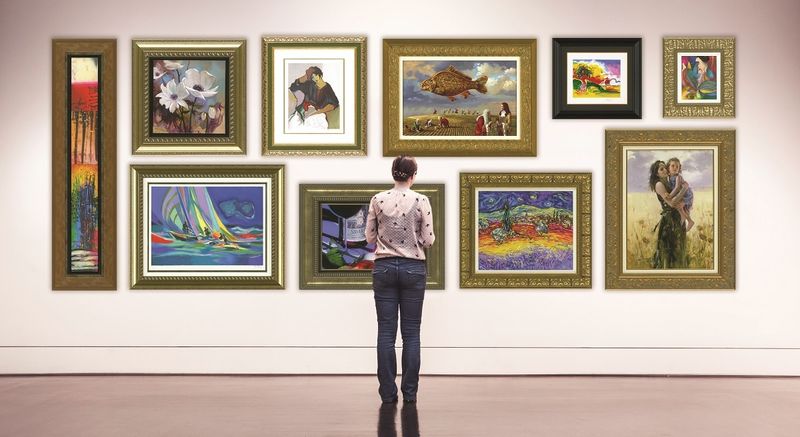
Gallery owners know a secret most folks miss: art should hang at eye level. Professional designers position artwork so the center sits about 57-60 inches from the floor—museum standard height!
They visualize how people will experience the piece while standing or sitting. This positioning trick ensures your gorgeous new acquisition won’t give anyone neck strain or go unnoticed because it’s floating near the ceiling like a lost balloon.
3. Shop With A Color Scheme
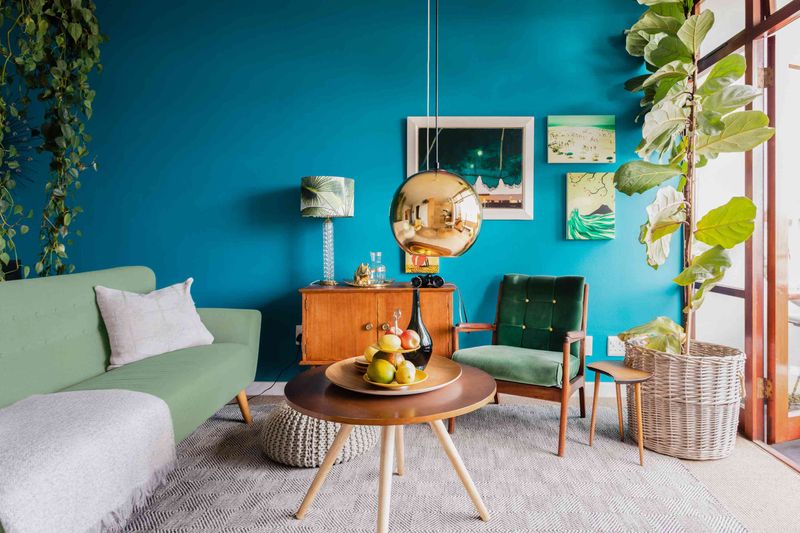
Smart art shoppers don’t wing it with colors. They bring fabric swatches, paint chips, or room photos when hunting for the perfect piece.
Color coordination isn’t about matching everything exactly—it’s about harmony. Designers look for artwork that either complements their existing palette or introduces a planned accent color.
This approach ensures your new acquisition will feel like it was always meant to live in your space, not like a loud party crasher.
4. Trust Your Gut Reaction
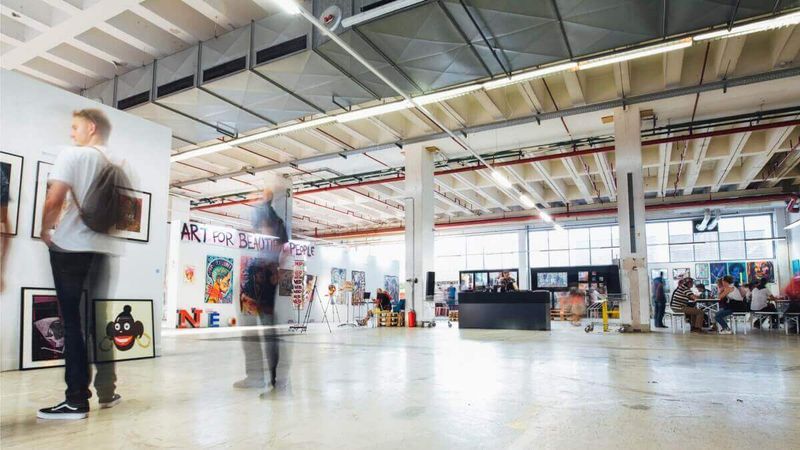
The pros have a funny little test—they call it the “spine tingle.” When a piece makes them feel something instantly, they pay attention to that reaction.
Good art should grab you emotionally, not just match your couch. Designers often circle a gallery and return to pieces that stuck in their minds.
If you keep thinking about an artwork hours or days after seeing it, that’s your signal—it’s speaking to you in ways that purely decorative pieces never will.
5. Research The Artist

Design wizards don’t just buy pretty pictures—they buy stories. They Google artists, read their bios, and understand the context behind the work.
Knowing if you’re supporting an emerging local talent or investing in a more established name adds depth to your purchase.
Plus, this background knowledge makes for fantastic dinner party conversation when guests inevitably ask about that eye-catching piece above your sofa.
6. Mix High And Low Price Points
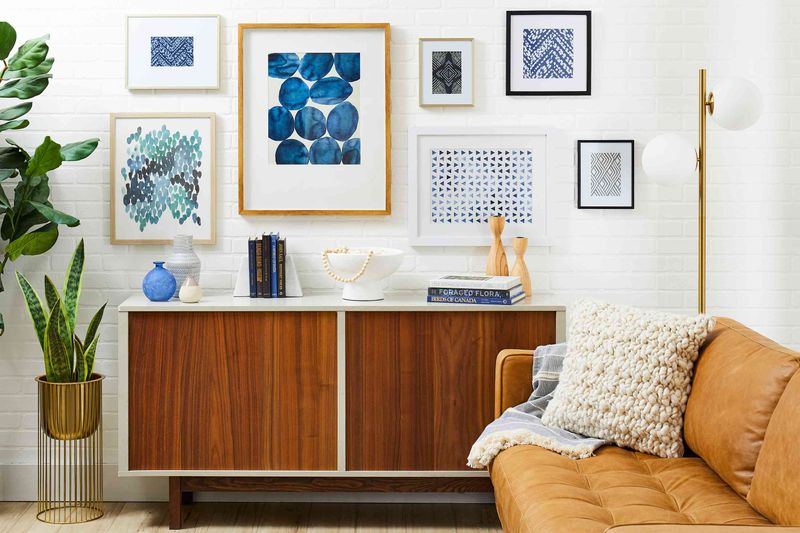
Budget-savvy designers don’t blow their entire art fund on one showstopper. They cleverly mix investment pieces with affordable finds from student shows, estate sales, or even framed vintage book plates.
This high-low approach creates an evolved, collected-over-time look. Your guests will never guess that stunning gallery wall cost less than a single designer piece.
The secret is treating each acquisition with equal respect, regardless of its price tag.
7. Consider The Lighting Situation
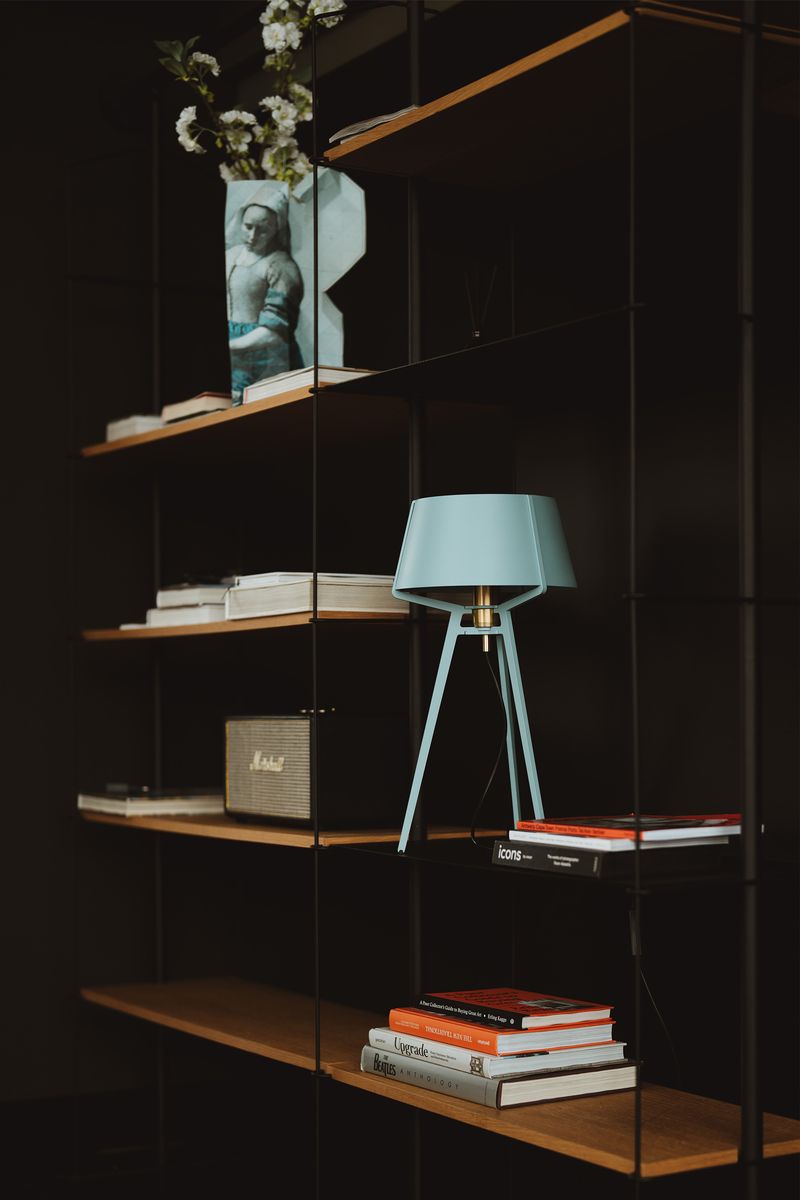
Light-smart designers always factor in how sunshine or lamps will interact with potential purchases. Glossy pieces might create annoying glare in bright rooms, while subtle details in darker works could disappear in dimly lit spaces.
They also think about preservation—placing UV-sensitive pieces away from harsh sunlight. Some even bring a small flashlight when shopping to simulate different lighting conditions and see how colors and textures truly appear under varied illumination.
8. Look Beyond Traditional Galleries
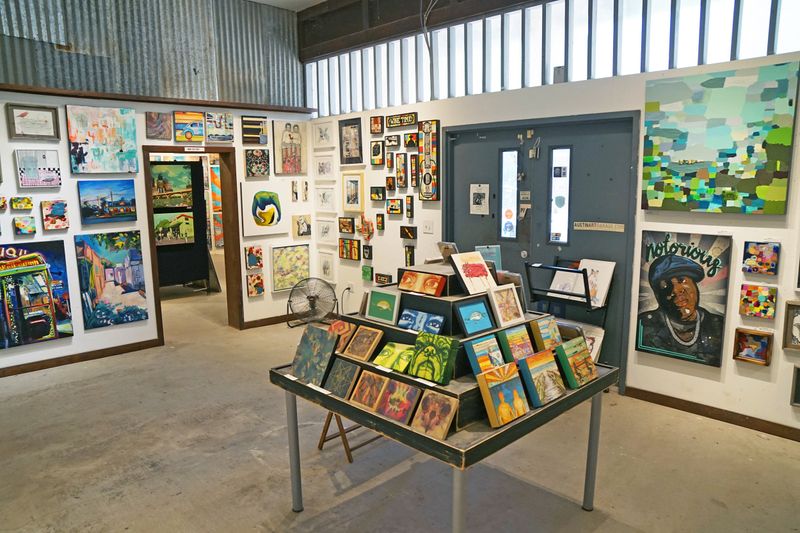
Savvy art hunters know secret sourcing spots that average folks overlook. They scour student art shows, Instagram accounts of emerging artists, local art fairs, and estate sales.
Online platforms like Etsy and Society6 offer original pieces at fraction-of-gallery prices. Some designers even commission custom works directly from artists they discover.
These unconventional channels often yield unique finds with better stories and prices than mainstream galleries.
9. Pay Attention To Framing
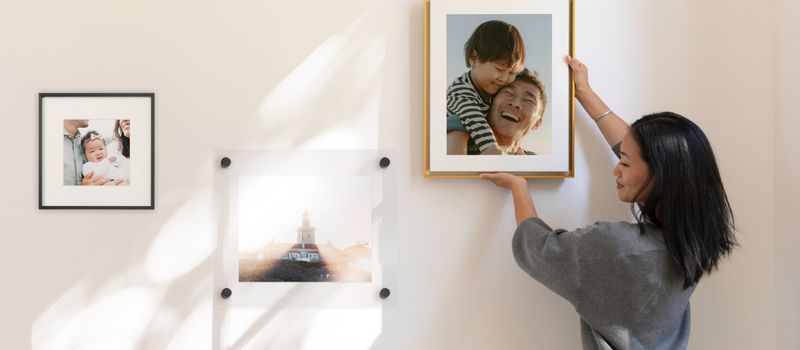
Frame fanatics know presentation can make or break artwork. Professional designers often buy pieces with “meh” frames, planning to swap them out later.
They view frames as jewelry for art—complementing without stealing the show. A custom frame job can transform a modest print into a statement piece.
Meanwhile, some intentionally leave contemporary works unframed for a gallery-fresh look. The right framing choice depends on both the artwork and your home’s vibe.
10. Create Conversation Starters
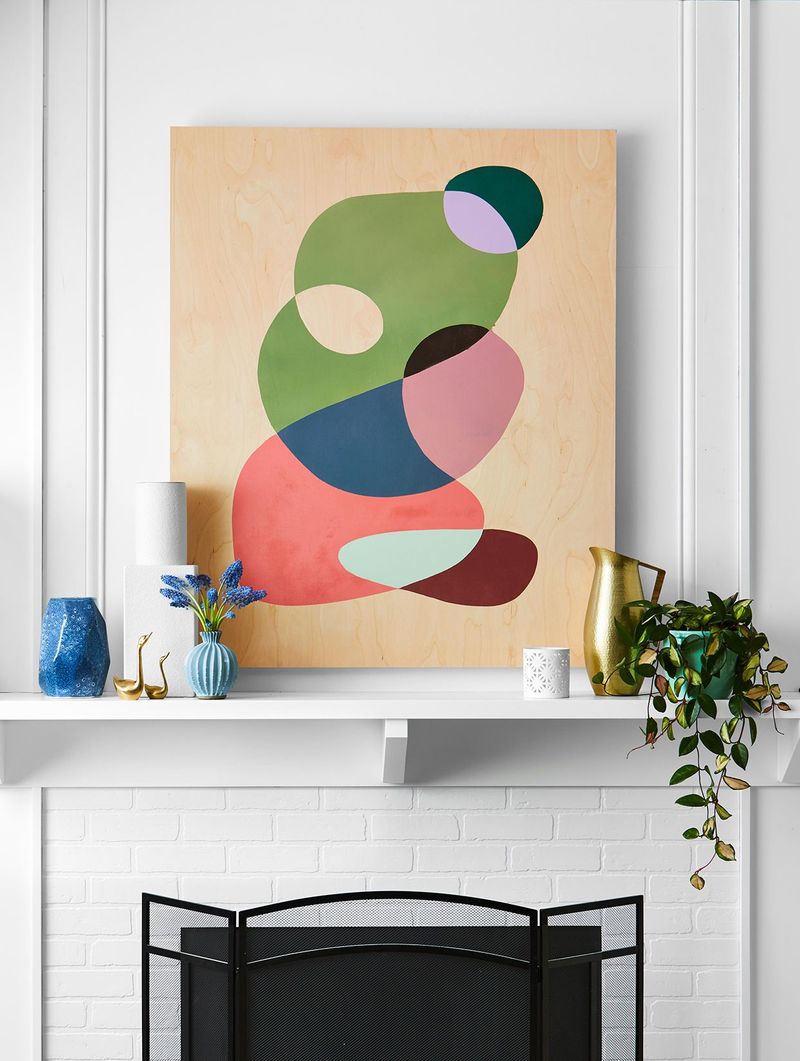
Party-perfect homes feature at least one head-turning art piece that gets people talking. Design pros specifically seek out unusual, quirky, or thought-provoking works that spark discussion.
These conversation pieces might be conceptually challenging, feature unexpected materials, or tell fascinating stories.
When guests inevitably ask “What’s the story with that?” you’ll have an interesting tale to share. These attention-grabbers become social lubricants that break ice and reveal your personality.
11. Consider Scale And Proportion
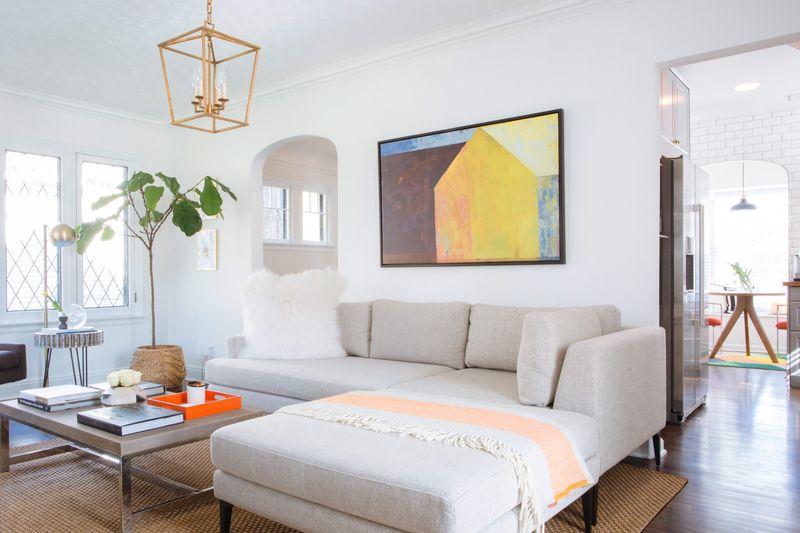
Size matters, according to the pros! They always evaluate how a piece’s dimensions will interact with furniture and architecture. Large-scale art can anchor a room, while tiny pieces get lost without proper grouping.
Smart designers follow the two-thirds rule: artwork should cover roughly two-thirds of the wall space above furniture. They also use painter’s tape to mock up dimensions on walls before purchasing. This simple trick prevents expensive sizing mistakes.
12. Buy What You Love, Not What Matches
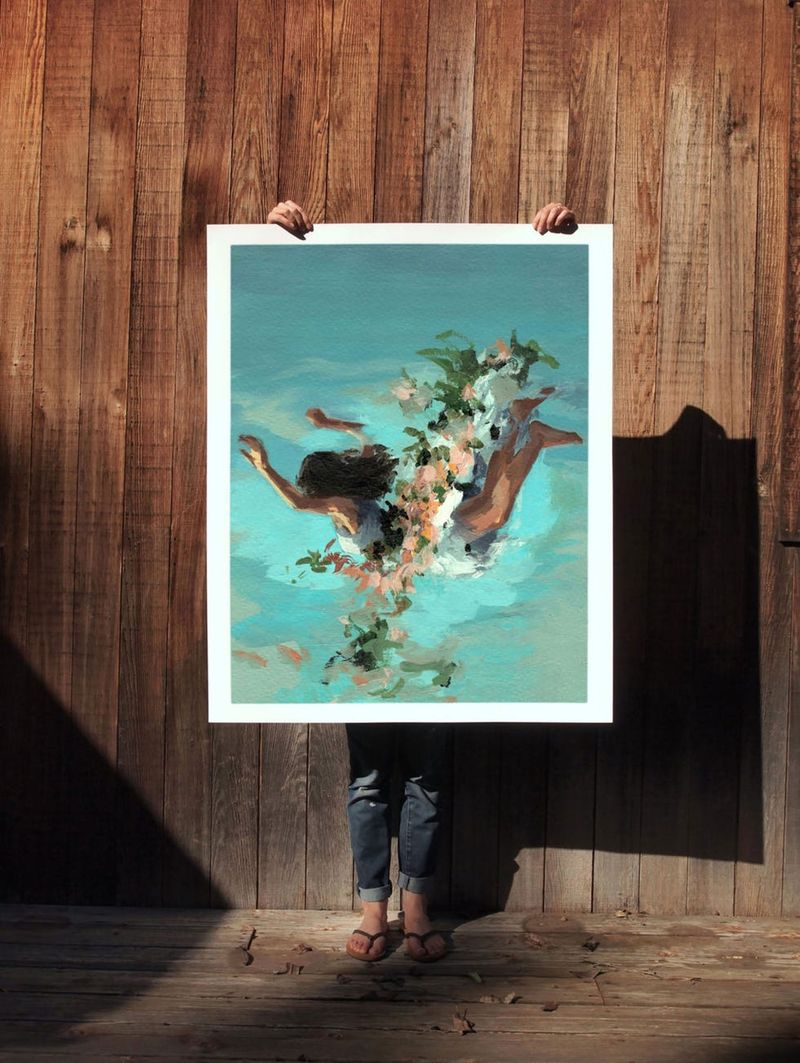
Trendy colors come and go, but your emotional connection to artwork lasts forever. Design veterans prioritize personal resonance over perfect coordination with current decor.
They know sofas get replaced and wall colors change, but meaningful art remains. The most successful art collectors buy with their hearts, not their paint swatches.
Your future self will thank you for choosing pieces that speak to your soul rather than your temporary throw pillows.
13. Plan For Art Rotation
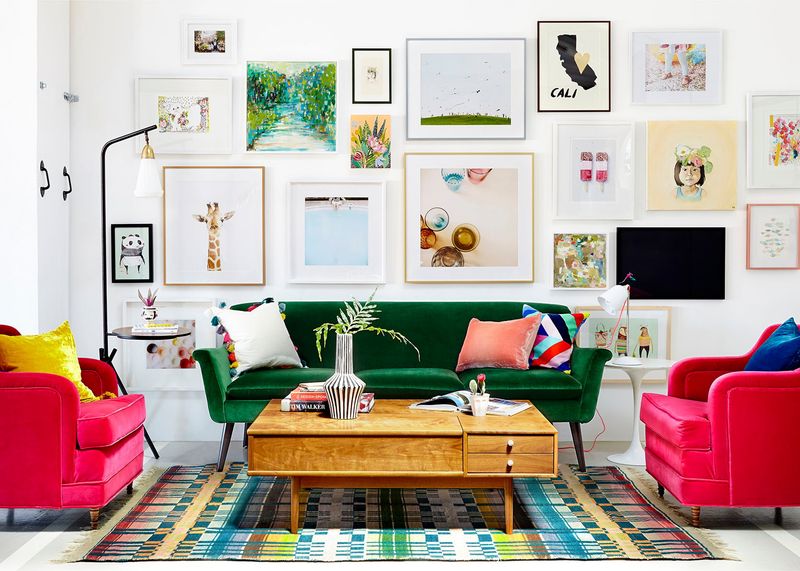
Gallery-fresh homes never feel stale because design pros rotate their collections seasonally. They store extra pieces properly and swap them out to keep spaces feeling fresh.
This rotation system prevents “art blindness”—when you stop noticing pieces you see daily. Some designers even plan wall configurations that allow for easy swapping.
You’ll fall in love with forgotten pieces all over again when they return from their behind-the-scenes vacation.
14. Budget For Proper Installation
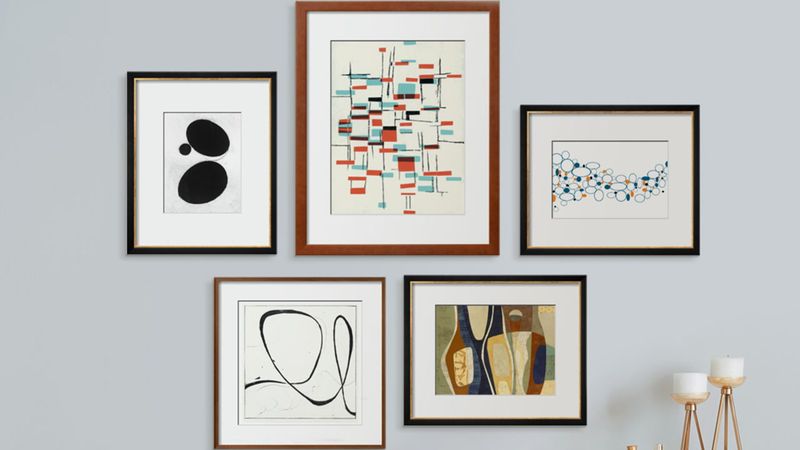
Hammer-happy homeowners often skimp on hanging hardware, but pros never do. They invest in museum-quality hanging systems, proper anchors, and sometimes even professional installers for valuable or heavy pieces.
They understand that skimping on installation can damage both walls and artwork. Some even use special museum putty to keep frames level during earthquakes or when rambunctious kids slam doors. This behind-the-scenes investment protects your art for decades.
15. Think Beyond Just Walls
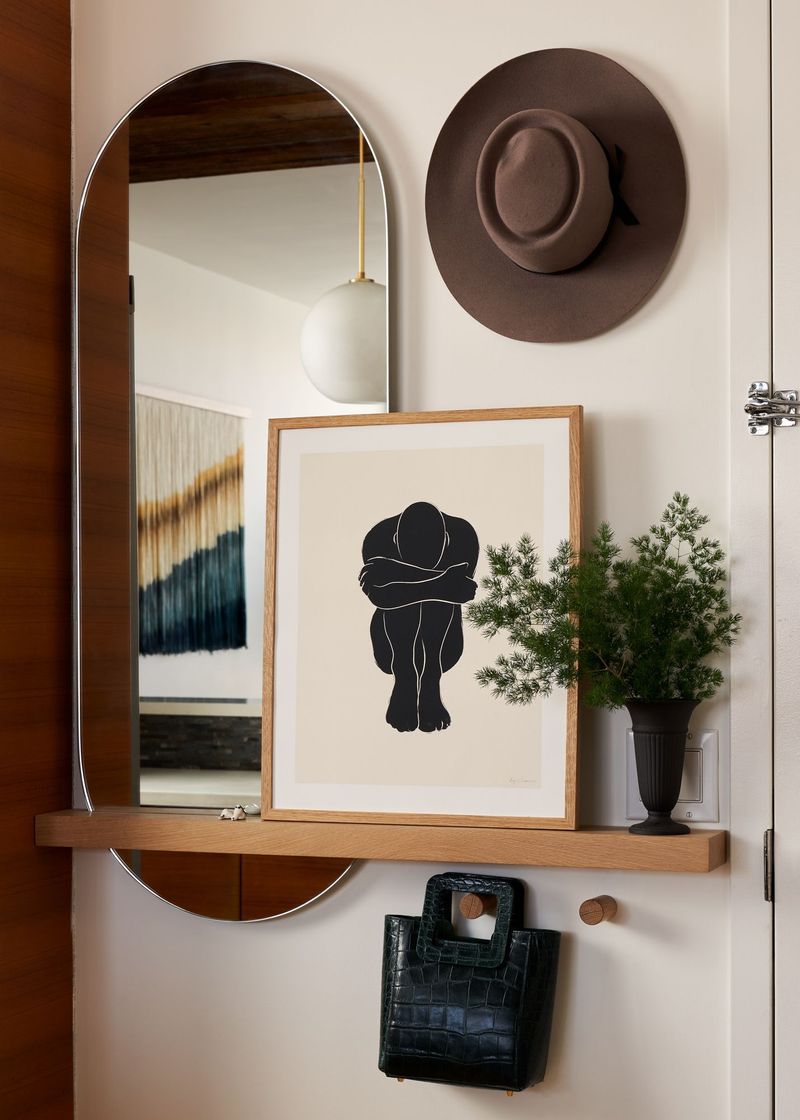
Wall-fixated folks miss opportunities that design pros exploit. They place sculptures on unexpected surfaces, lean oversized art against walls instead of hanging it, or display collections on specially-lit shelves.
Easels can showcase rotating favorites in corners. Bathroom and kitchen ceilings offer surprising art real estate. Even closet interiors can host small treasures that bring daily joy. These unexpected placements create delightful surprises throughout your home.

